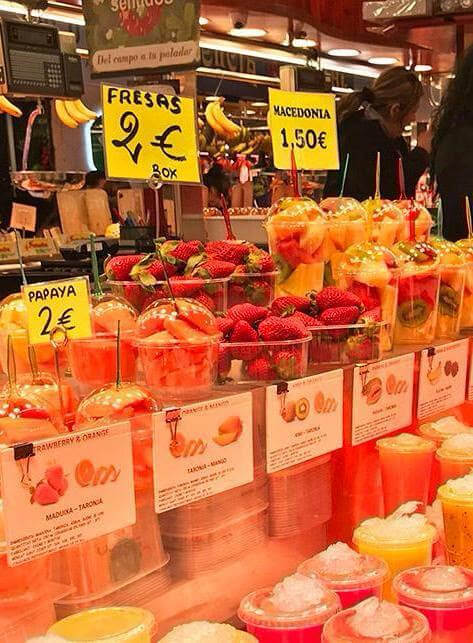Your Customers Will Decide What You Sell Them

You Decide What you Offer for Sale, But your Customers Decide What They Will Buy
We are witnessing a monumental shift in retail buying patterns. Amazon has made online purchasing and home delivery routine for millions of consumers. Major retail chains like Toys R Us are closing, and Sears is scaling back.
Highly professional and experienced retail stores are stocked with quality products, but customers are choosing home delivery and not coming into the stores. Buyer preferences and buying practices that were well established ten years ago have changed dramatically. Retailers must rethink their value proposition for their customers.
I was in Barcelona recently and saw an interesting, in your face example of how retailing must change to survive. The Boqueria Market is a huge covered, but open-air food market with records going back 800 years to 1217. Residents from center city go to La Boqueria to buy fish, poultry, meats, vegetables, and other groceries to take home. Stalls are selling the same produce that I would have seen 500 years ago.
But the Whole Foods practice of also selling ready to eat food has taken hold in the market. You can still buy a whole salmon or the hind quarter of a lamb, but you can also buy a plastic cup of fruit – with a fork already in the cup. Many customers walking into the market today want to buy something ready to eat. These changing customer preferences determine what products merchants in this 800-year-old market can sell.
The historic Quincy Market on the waterfront in Boston – I am speaking with an American notion of history – was built in 1826 to house a center city food market. Until 45 years ago, it operated much like La Boqueria with merchant stalls selling raw food products. Today, Quincy Market is a major tourist destination and every stall is selling ready to eat food, clothing, art and souvenirs. Time will tell whether La Boqueria follows the path of Quincy Market and the historic meat and produce stalls give way completely to on-site eating and tourist retailing.
Changing patterns of consumer decisions are upsetting the retail business model over an amazingly short time span. But the dominant role of customer decisions is the reality of every business. Whether you are selling woman’s shoes, manufacturing mechanical watches, introducing an innovative med-tech device, creating a new app for teen girls, offering architectural and engineering services or flying passengers across the globe, you can put your product on the market and offer it for sale. But the customers will decide what they are willing to buy and ultimately what you will sell.
